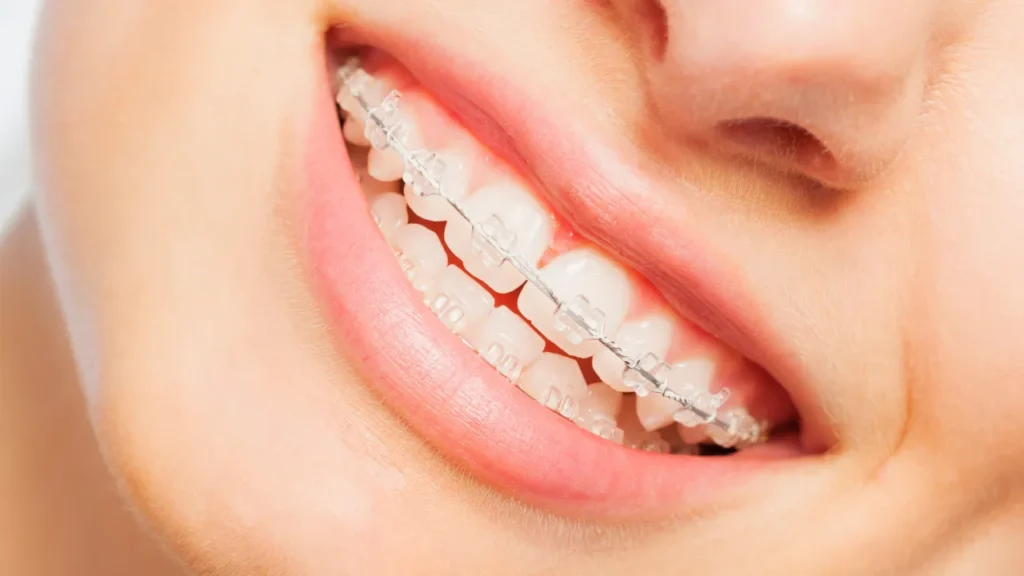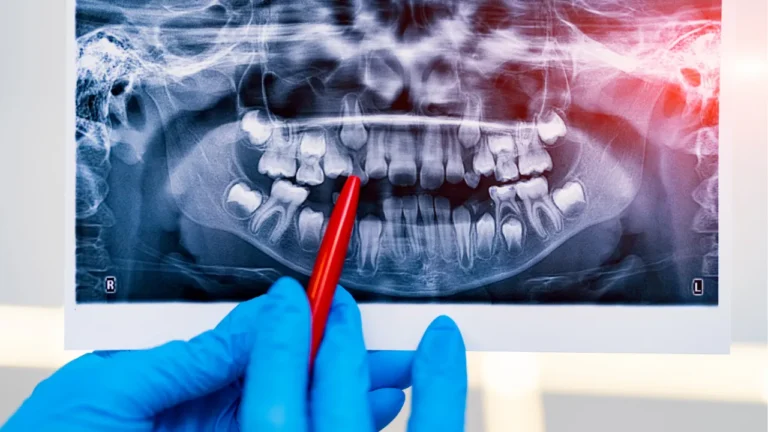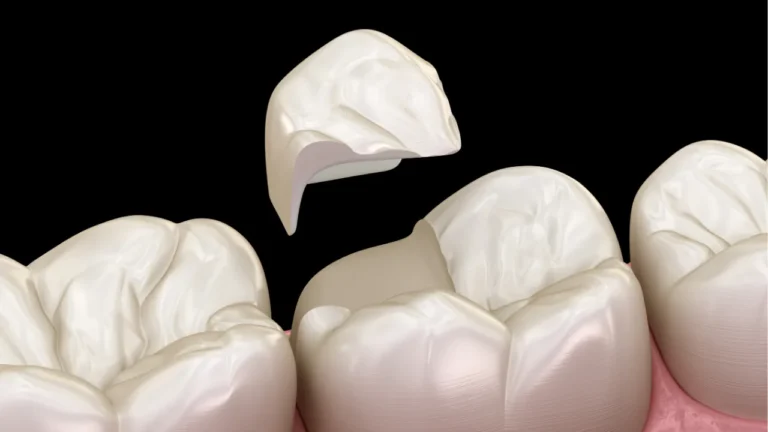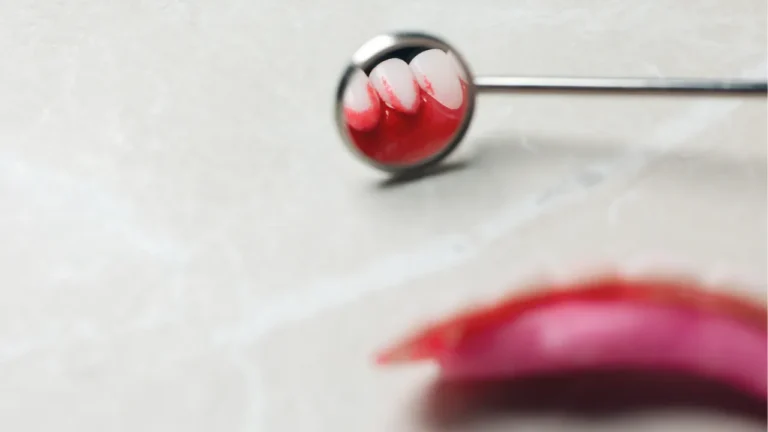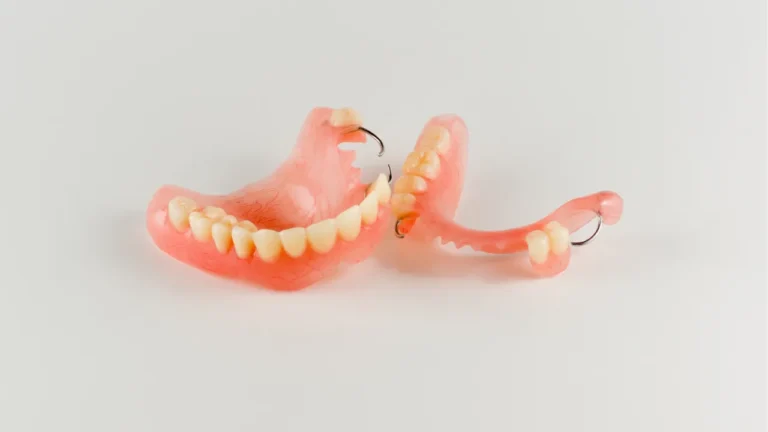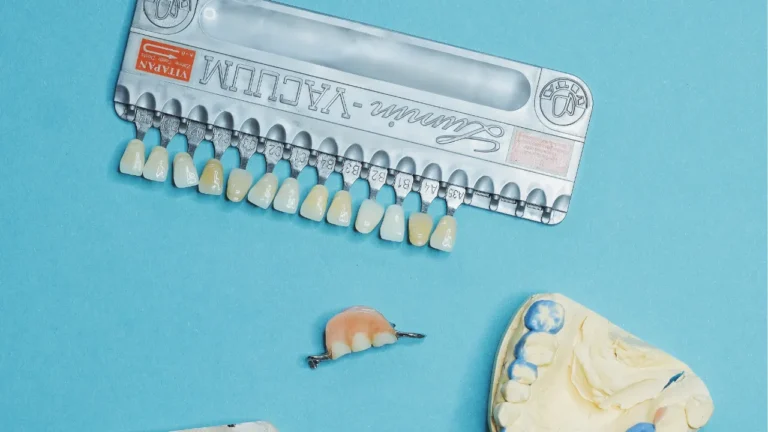Orthodontic treatments have made remarkable strides, evolving from rudimentary techniques to advanced options like clear aligners that offer both functional and aesthetic benefits.
In this article, we’ll explore how orthodontics has transformed over the centuries, with a particular focus on developments in South Africa.
Quick Summary
- Ancient Civilizations: Egyptians, Greeks, and Romans experimented with early tooth-straightening methods.
- 18th–19th Century: Pierre Fauchard and Edward Angle pioneered braces technology.
- 20th Century: Metal braces became standard; ceramic and lingual braces provided more discreet options.
- Clear Aligners: Introduced in the late 20th century, popular in South Africa for being invisible, removable, and comfortable.
- Future Trends: Smart aligners, AI-driven treatment plans, and new biocompatible materials.
Early Orthodontic Treatments
The history of orthodontics dates back to ancient civilizations, where early attempts were made to correct misaligned teeth.
Archaeological evidence suggests that the ancient Egyptians used metal bands and catgut (a type of natural fiber) to adjust teeth positioning.
These primitive methods laid the foundation for the sophisticated treatments we see today.
Other ancient cultures, such as the Greeks and Romans, also experimented with techniques to straighten teeth, including the use of gold wires and finger pressure.
While these efforts were rudimentary, they were the first steps toward developing a specialized field dedicated to dental alignment.
The Invention of Braces
Significant advancements in dental technology took place during the 18th and 19th centuries.
In 1728, French dentist Pierre Fauchard, often referred to as the “father of modern dentistry,” introduced the concept of dental braces.
His innovative approach used metal bands to correct tooth positioning.
By the early 1900s, Edward Angle, a pioneer in orthodontics, further refined braces technology by creating a more standardized and effective system for correcting misaligned teeth.
Traditional metal braces, consisting of brackets and wires, became the standard treatment for a variety of alignment issues.
Advancements in Braces Technology
As technology progressed, so did the materials and methods used in orthodontics.
braces, introduced in the 1980s, offered a more aesthetically pleasing alternative to metal braces.
These braces used tooth-colored brackets, making them less noticeable. Lingual braces, which are placed behind the teeth, provided another discreet option.
“Modern advancements in braces technology have significantly improved patient comfort and treatment efficiency,” says Dr. D. Machikicho, a leading orthodontist in Pretoria.
Introduction of Clear Aligners
The late 20th century marked the beginning of a new era in orthodontics with the introduction of clear aligners.
Companies like Invisalign pioneered this technology, which uses custom-made, transparent trays to gradually shift teeth into place.
This innovation has been particularly popular in South Africa, where many patients prefer a less visible option for teeth straightening.
How Clear Aligners Work
Clear aligners work by using a series of custom-fit trays that apply gentle pressure to teeth, moving them into the desired position over time.
The process starts with a digital scan or impression of the patient’s teeth, which is used to create a personalized treatment plan.
Patients switch to a new set of aligners approximately every two weeks.
Benefits of Clear Aligners:
- Invisibility: Clear aligners are virtually invisible, making them a popular choice among adults and teens.
- Removability: Aligners can be removed for eating, drinking, and cleaning, offering more flexibility than traditional braces.
- Comfort: Without metal brackets and wires, clear aligners are more comfortable and cause less irritation.
Dr. Sipho Khumalo, an orthodontic expert in Cape Town, notes, “Clear aligners have transformed the orthodontic experience, providing a discreet and convenient option for patients.”
Future of Orthodontic Treatments
The future of orthodontics looks promising, with ongoing research and innovation focusing on making treatments even more efficient, comfortable, and accessible. Emerging trends include:
- Smart Aligners: The development of aligners that can monitor the progress of tooth movement and provide real-time data to orthodontists.
- AI Integration: Artificial intelligence (AI) is being explored to create more precise treatment plans and predict treatment outcomes with greater accuracy.
- Biocompatible Materials: New materials that are more biocompatible and comfortable are being developed to enhance the patient experience.
With continuous advancements in technology, patients can look forward to a future where orthodontic treatments are faster, more comfortable, and more effective than ever before.
References
- South African Dental Association: Historical Overview of Orthodontics. Retrieved from https://www.sada.co.za.
- WHO: Orthodontic Treatments. Retrieved from https://www.who.int.
- Expert Interviews with Dr. D. Machikicho

